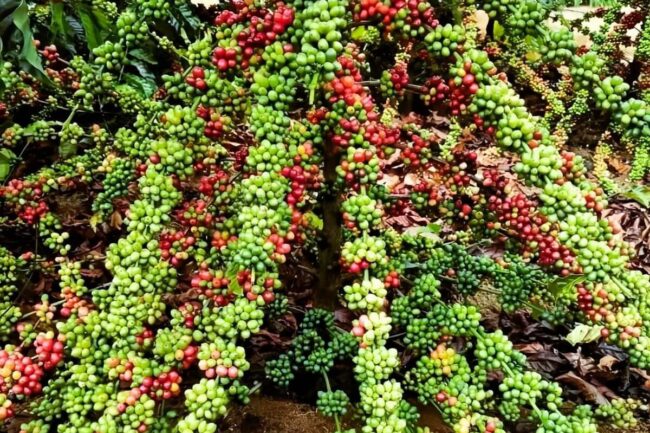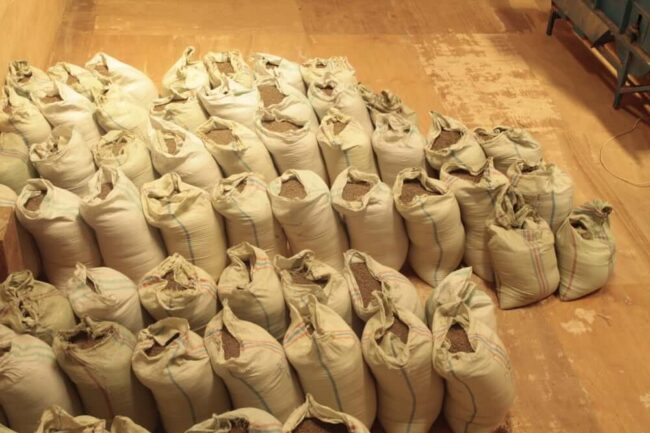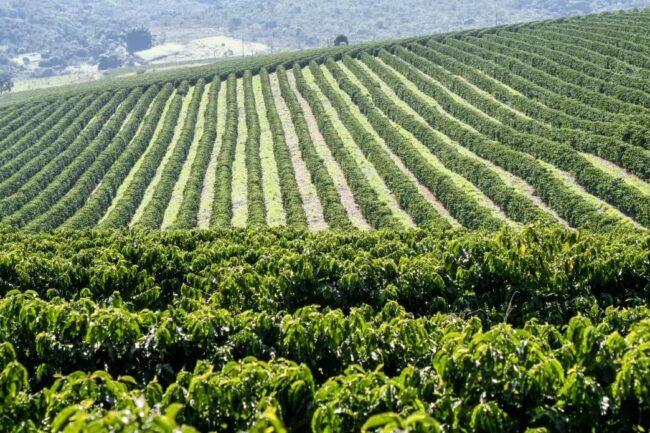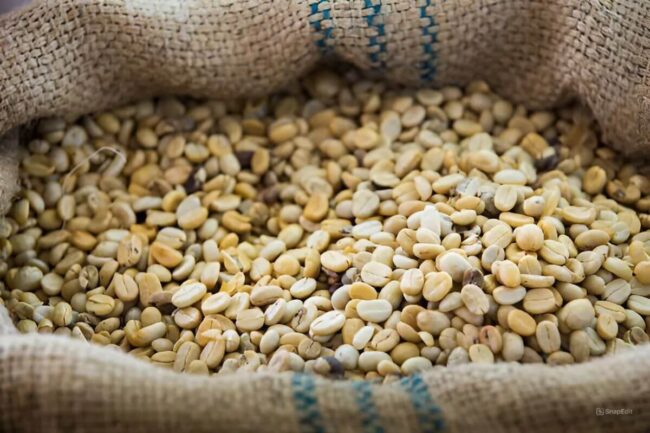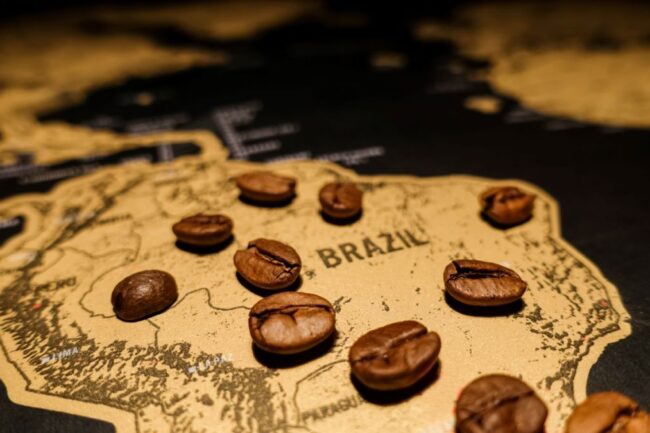May arabica coffee (KCK23) on Monday closed up +5.75 (+3.37%), and May ICE robusta coffee (RMK23) closed up +23 (+1.04%).
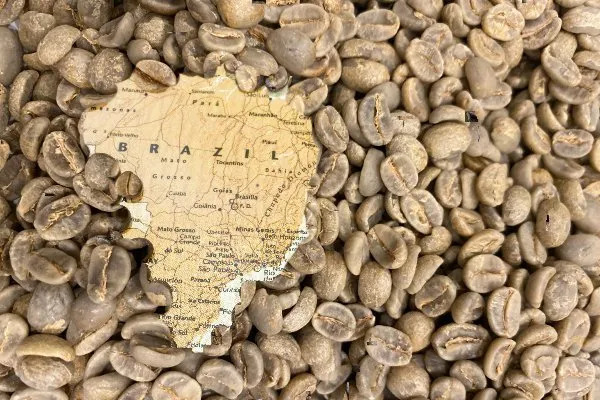
Coffee prices Monday moved higher, with arabica coffee settling sharply higher. Strength in the Brazilian real (^USDBRL) boosted arabica prices after the real Monday rose to a 2-month high against the dollar, discouraging export selling from Brazil’s coffee producers.
Tighter ICE arabica stockpiles also support arabica prices after ICE monitored arabica coffee inventories Monday fell to a 3-1/2 month low of 742,609 bags.
A bearish factor for robusta coffee is negative carryover from last Wednesday when Vietnam’s General Statistics Office reported that Vietnam’s Mar coffee exports rose +9.2% y/y to 230,000 MT. Vietnam is the world’s largest producer of robusta beans.
Reduced flooding concerns in Brazil’s coffee fields are a negative factor for coffee prices. The drier conditions should allow farmers in Minas Gerais, Brazil’s largest arabica growing region, back into coffee fields to apply fertilizers and pesticides. Somar Meteorologia reported Monday that Brazil’s Minas Gerais region received 12.6 mm of rain in the week ended April 2, or 52% of the historical average. Minas Gerais accounts for about 30% of Brazil’s arabica crop.
A rebound in current coffee supplies is bearish for prices after ICE robusta coffee inventories rose to a 3-1/2 month high at 7,712 lots on March 23. Also, the Green Coffee Association on March 15 reported that U.S. Feb green coffee inventories rose +5.9% y/y to 6.105 mln bags.
Robusta has support on global supply concerns after coffee trader Volcafe forecasted the global 2023/24 robusta coffee market would see a record deficit of 5.6 mln bags. In addition, the Association of Indonesian Coffee Exporters and Industries said today that Indonesia, the world’s third-largest robusta producer, will see its 2023 coffee production fall -20% y/y to 9.6 mln bags due to damage from excessive rainfall across its growing regions.
Arabica coffee has support after Rabobank cut its 2023 Brazil arabica production estimate last Monday to 42.7 million bags from a February estimate of 44 million bags, citing heavy rains in the south of Minas Gerais that caused diseases to spread.
Another bullish factor for arabica prices was the projection from the National Federation of Coffee Growers on March 3 that coffee output in Colombia, the world’s second-largest producer of arabica coffee, will drop -4.8% y/y to 5 mln bags in the first half of 2023 as excessive rain and cloudy days hurt yields.
Smaller global coffee exports support coffee prices after the International Coffee Organization (ICO) reported on February 2 that Oct-Dec global coffee exports fell -2.8% y/y to 30.27 mln bags. Also, coffee exports from Guatemala, the second-largest coffee producer in Central America, fell -8% y/y in January to 172,439 bags. On March 13, the Colombia Coffee Growers Federation reported Colombia Feb coffee exports fell -6% y/y to 928,000 bags. Brazil’s Feb green coffee exports dropped -35.8% y/y to 2.11 mln bags. By contrast, Honduran Mar coffee exports rose +14% y/y to 1.097 million bags. Honduras is Central America’s biggest exporter of arabica beans.
The International Coffee Organization (ICO) on March 10 projected that the global 2022/23 coffee market would be in deficit for a second year following the 4 mln bag to 5 mn bag deficit in 2021/22 due to arabica crop woes. The USDA, in its bi-annual report released on December 23, cut its global 2022/23 coffee production estimate by -1.3% to 172.8 mln bags from a June estimate of 175.0 mln bags. In addition, the USDA cut its 2022/23 global coffee ending stocks estimate by -1.7% to 34.1 mln bags from a June estimate of 34.7 mln bags. Meanwhile, the USDA’s Foreign Agriculture Service (FAS) on November 22 cut its Brazil 2022/23 coffee production forecast by -2.6% to 62.6 mln bags from a prior estimate of 64.3 mln bags. This year was supposed to be the higher-yielding year of Brazil’s biennial coffee crop, but coffee output this year was slashed by drought.
